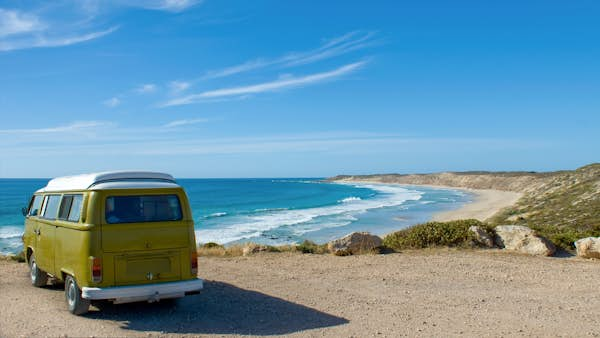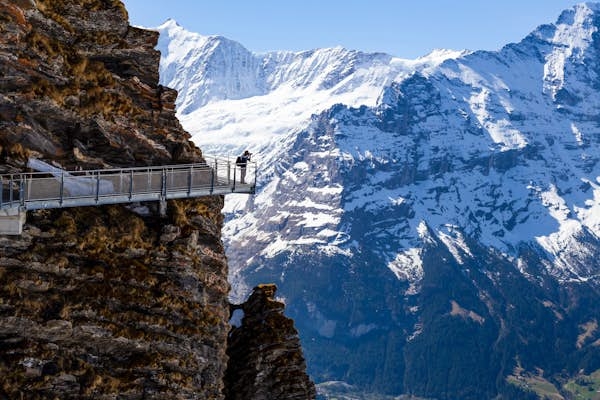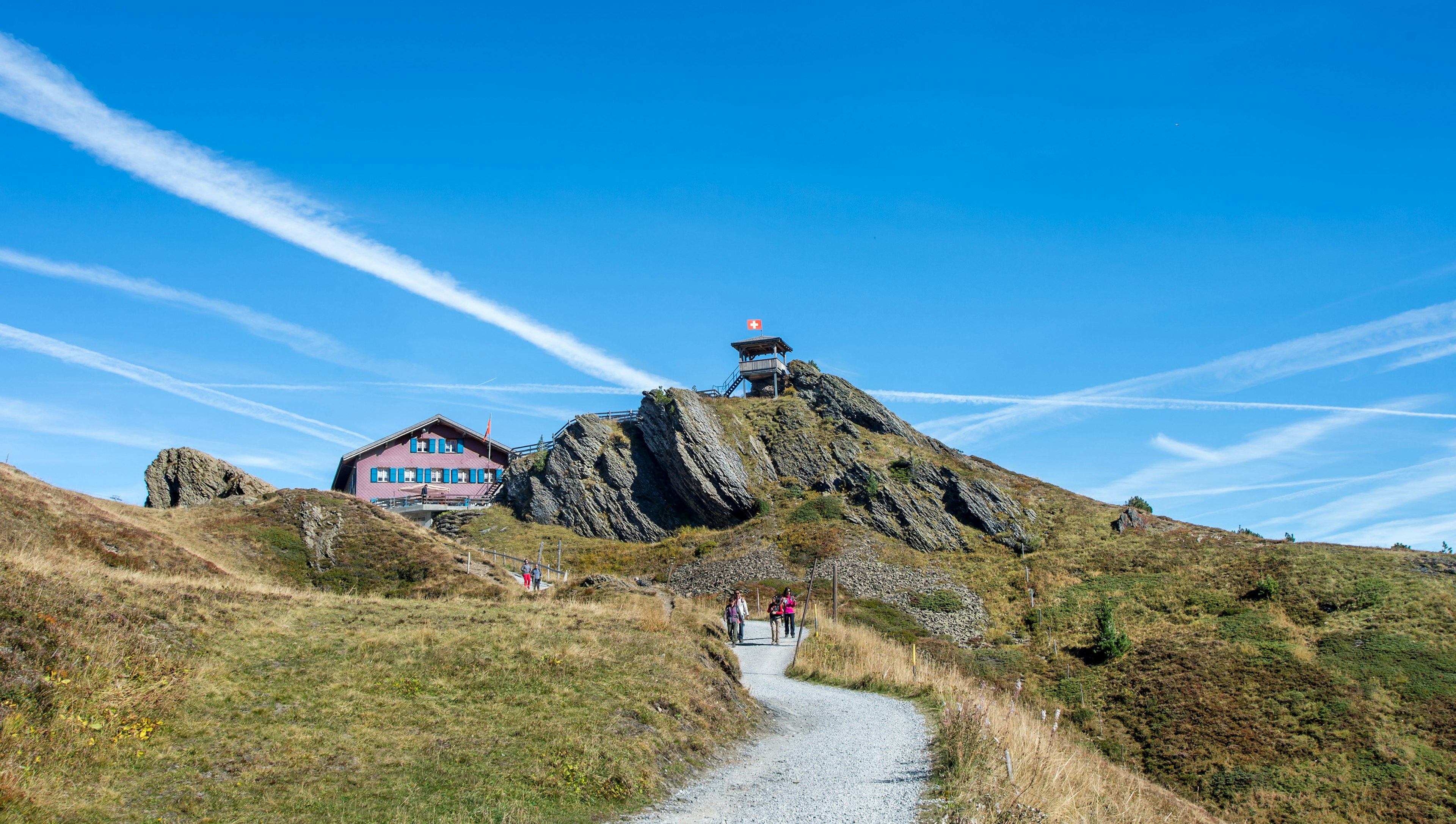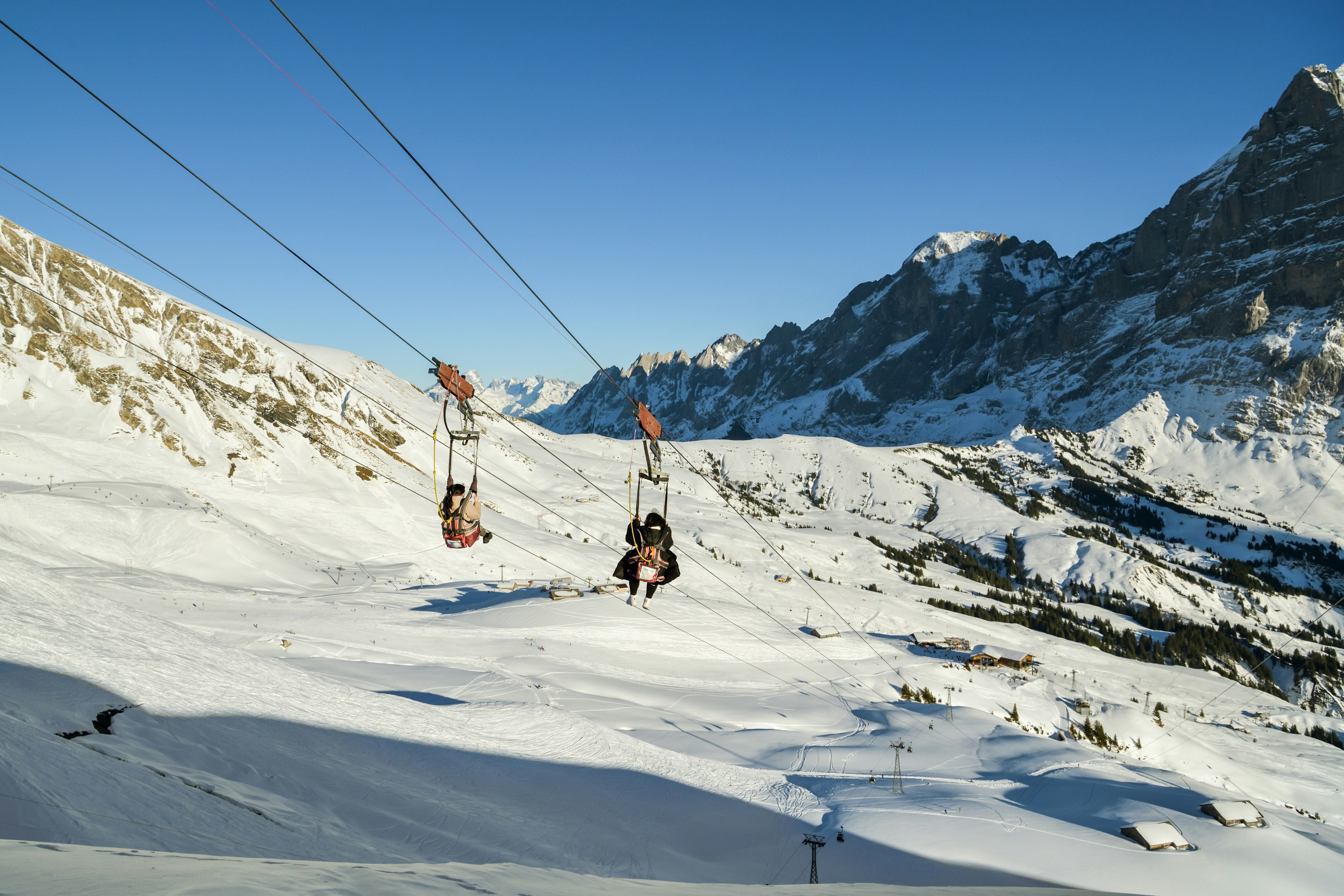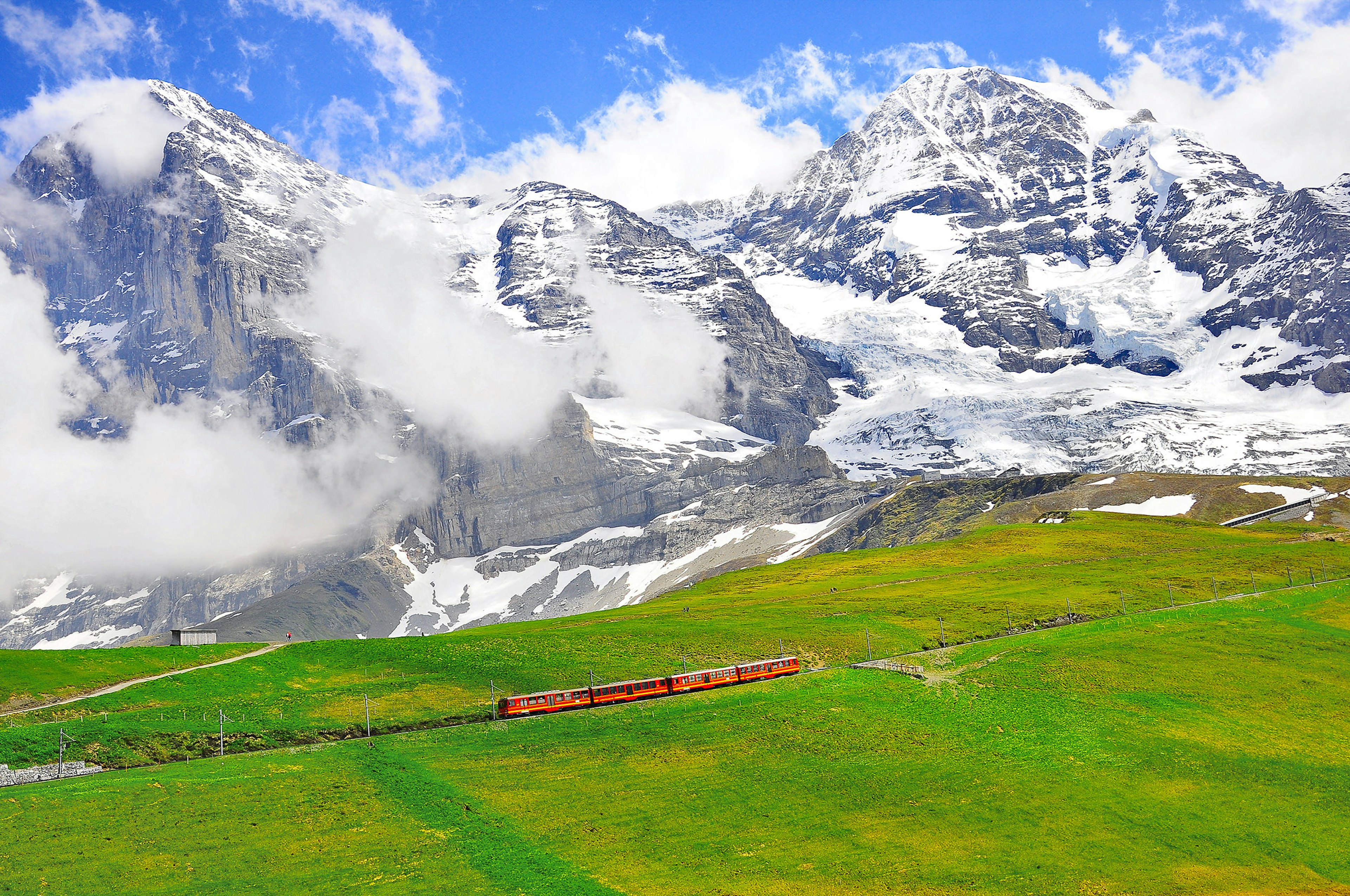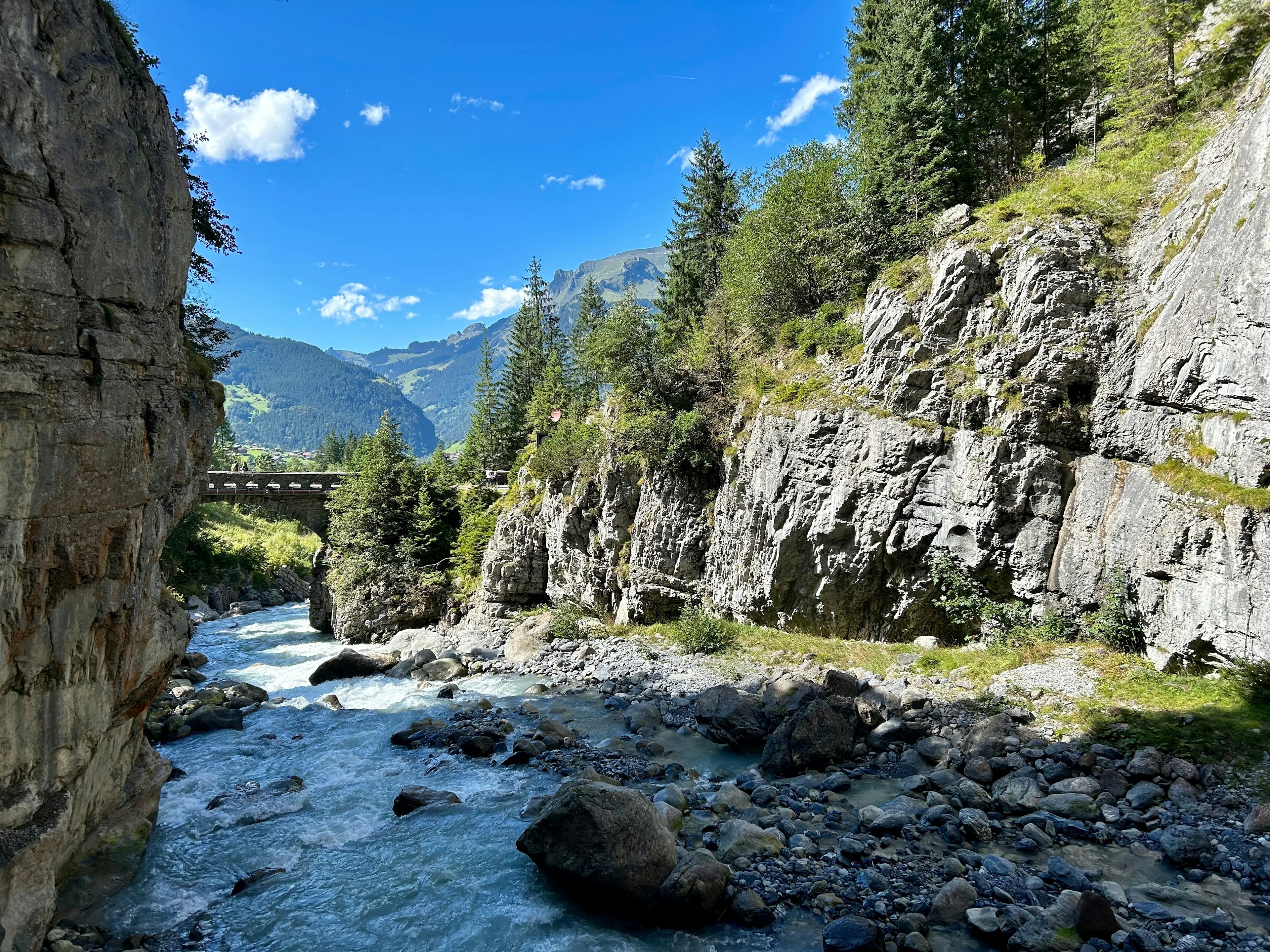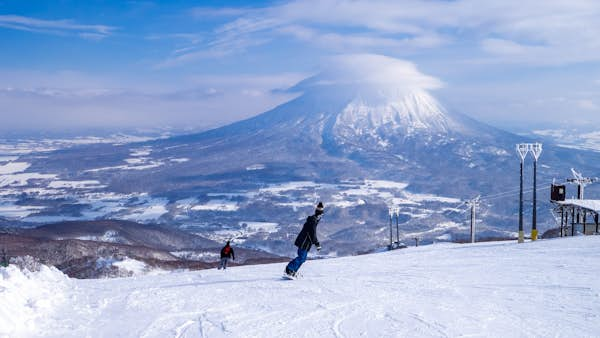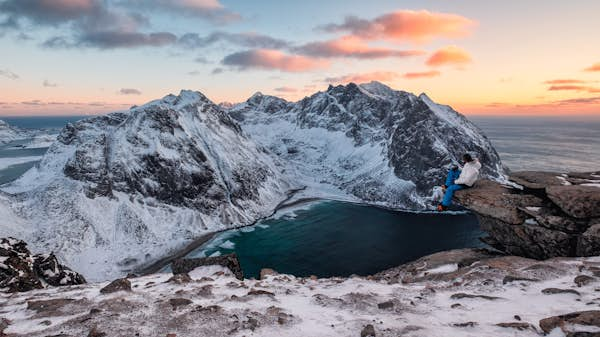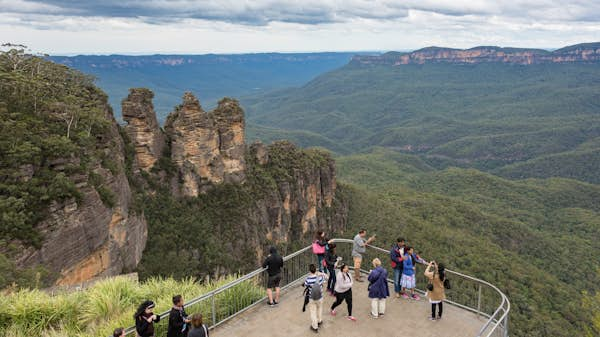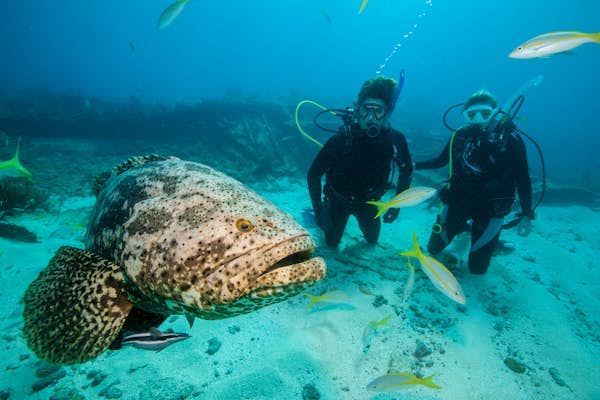A longtime favorite of travelers for its stunning beaches and warm hospitality, the Philippines offers a delightful mix of secluded natural wonders and lively cities for anyone in search of their next adventure.
But since this archipelagic nation comprises more than 7400 stunning islands, figuring out which area to explore first can be a challenging puzzle to piece together. While it’s best to focus on one region at a time for a richer, deeper experience, careful planning for inter-island connections makes it possible to hop from hub to hub for a well-rounded Filipino adventure.
Here are 10 destinations to uncover the beauty and wonders of this treasure of Southeast Asia.
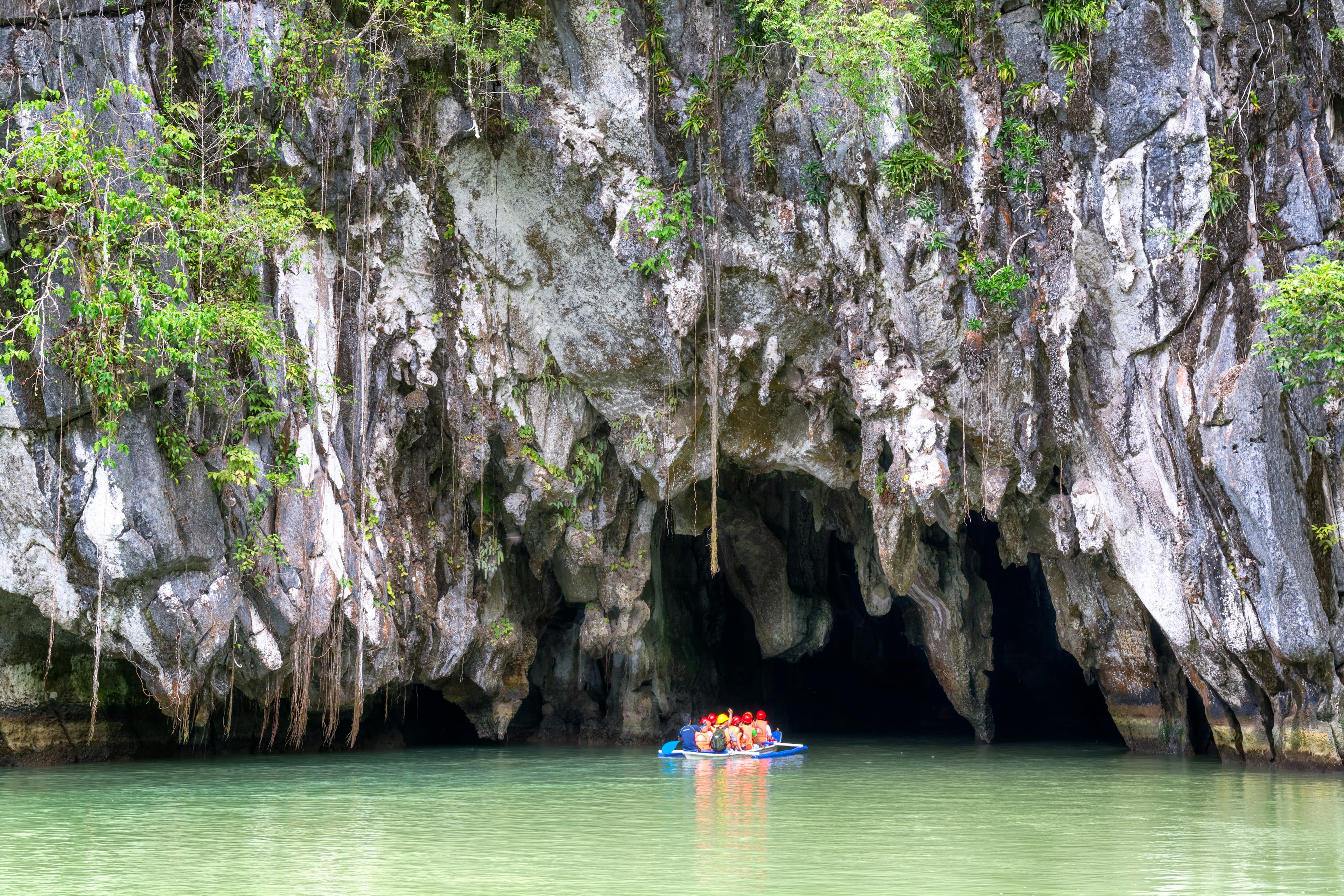
1. Palawan
Best for all-around island bliss
With a coastline of almost 2000km (1243 miles) lined with rocky coves and sugar-white beaches, Palawan – the largest island of a many-island province of the same name – easily lends itself to superlatives.
First-timers flying in via the capital Puerto Princesa should seek out the Puerto Princesa Subterranean River National Park, a UNESCO-listed natural wonder an hour’s away from the city. Marvel at the formations formed by stalactites and stalagmites jutting all around as your boat traverses sections of the 8¼km-long (5-mile-long) underground river that flows directly into the sea.
If laid-back getaways are more your style, head to Port Barton, a coastal fishing village with easy access to snorkeling sites, sea turtles and waterfalls. If you want to take the road, head to San Vicente, and its stunning 14km-long (8¾-mile-long) fine-white-sand stretch of beach. It’s the longest one in the entire country – and it will feel like it’s all yours.
Planning tip: Consider arriving in El Nido or Coron, then connecting Palawan’s dots by sea or land. Nagtabon Travel and Tours offers private transfers from Puerto Princesa to other rising Palawan spots, and also offers motorbike rentals.
2. El Nido
Best for adventurous beach lovers
With striking limestone cliffs, mesmerizing lagoons and endless beaches in between azure waters, El Nido, on the north of Palawan Island, is a popular tourist hub. (Indeed, its 45 islands and islets on the northern tip of Palawan reportedly inspired Alex Garland’s novel The Beach.)
Beaches come in many varieties here. You can snorkel through crystalline waters, kayak through the karst-concealed seascapes of the Big and Small Lagoons, enter an underwater crevice to discover Hidden Beach, or simply laze under the palm trees of Seven Commandos Beach. Island-hopping tours clustered by location are easy to book online ahead of time, or once you’ve arrived. Generally fair weather year-round, boutique stays, vibrant nightlife and hip dining options make El Nido an easy pick for any traveler to the Philippines.
Planning tip: From Puerto Princesa, vans shuttle travelers 238km (148 miles) to El Nido. For flexibility, rent motorcycles to make the five-to-six-hour road trip part of the adventure: the road is fully paved and an utter joy to ride. Direct flights are also available from Manila.
3. Coron
Best for wreck diving and snorkeling
Another idyllic Palawan spot that’s accessible by air from Manila and by water from El Nido, Coron is where you’ll find yourself face-to-face with WWII-era shipwrecks. This bucket-list destination for divers has spectacular underwater clarity, with some wrecks even visible to snorkelers. But there’s much more than dive sites here. Glide through the cool waters of Kayangan Lake, bask on the unspoiled shores of Malcapuya Island, climb the 721 steps up Mt Tapyas for sweeping panoramic views, immerse your body in the Maquinit Hot Springs and enjoy the lively food scene in town afterward.
Detour: If you want to veer away from the crowds, take the 45-minute boat from from Coron to Culion, which boasts secluded beaches and spectacularly preserved snorkeling sites. Kawil Tours organizes overnight beach camps and expedition tours around Culion, Coron and Busuanga.
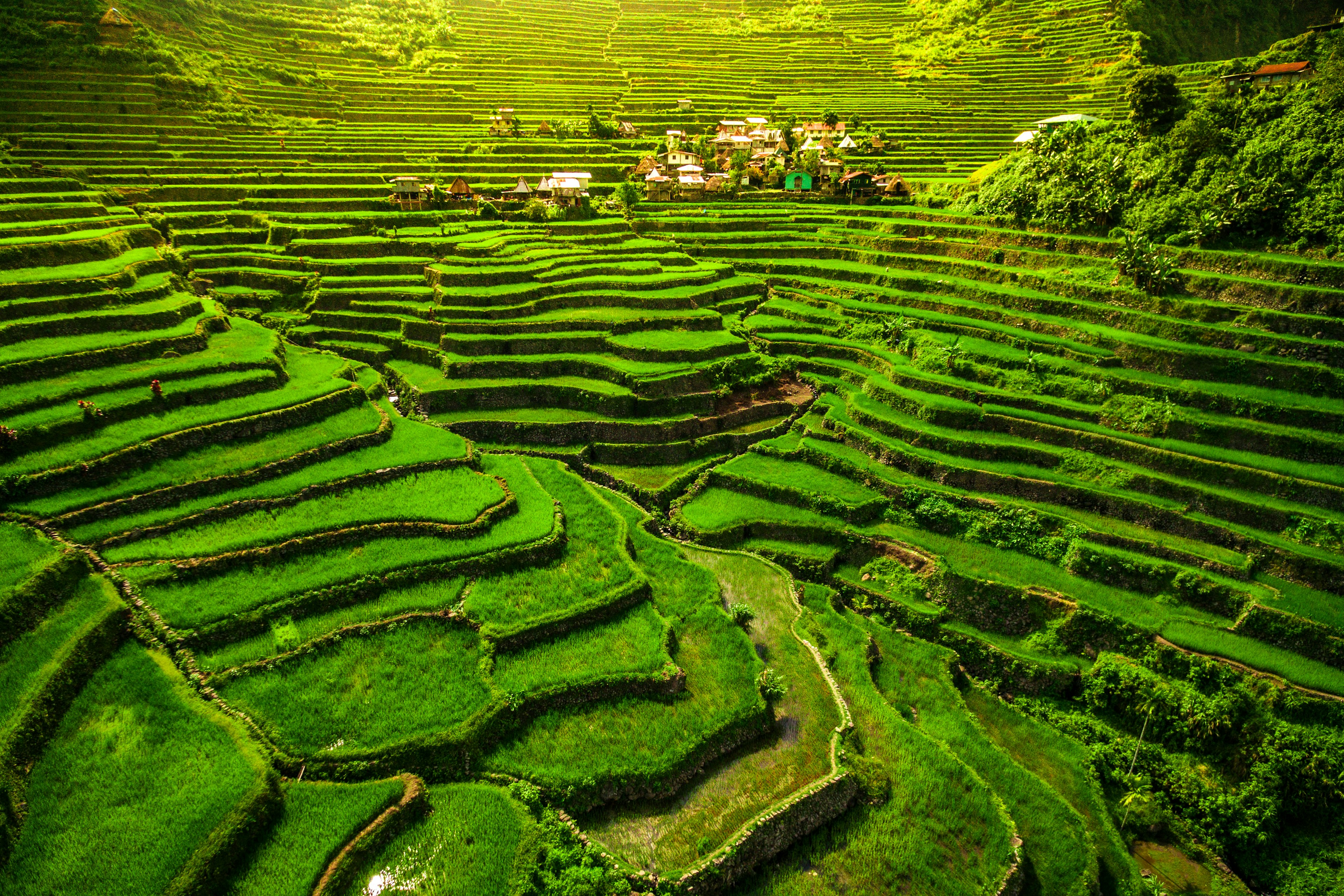
4. The Cordillera Region
Best for remote mountain treks and hikes
With majestic mountain views, sprlawing terraced rice paddies and misty, pine-shrouded forests, the Cordillera Region of northern Luzon is a fantastic destination for anyone who prefers mountains over beaches. Along zigzagging roads, the Cordillera Central Mountain Range hides remote trails and villages, to the delight of hikers looking for multi-day treks in the middle of nowhere.
Whether you’re in the mood to explore the mountains, caves or waterfalls, guides and tours are easy to book; we recommend basing yourself in the town of Sagada (home to the famous “hanging coffins”). Rise early for sunrise treks, hike the bizarrely bright Blue Soil Hills or spelunk through the four-hour cave-connection crawl between the Lumiang and Sumaging cave systems.
A three-hour drive from Sagada takes you to Banaue, where you can stay in rural villages and arrange hiking trips to the amphitheater-shaped, UNESCO-listed Batad rice terraces. And if even all that’s not enough, Mt Pulag (2928m / 9606ft), the loftiest peak in Luzon, also beckons intrepid hikers to hike up and take in its majestic sea of clouds (weather permitting) come sunrise.
Planning tip: Book overnight buses directly from Manila to either Sagada or Banaue on Coda Lines to optimize your travel time and maximize daylight hours.
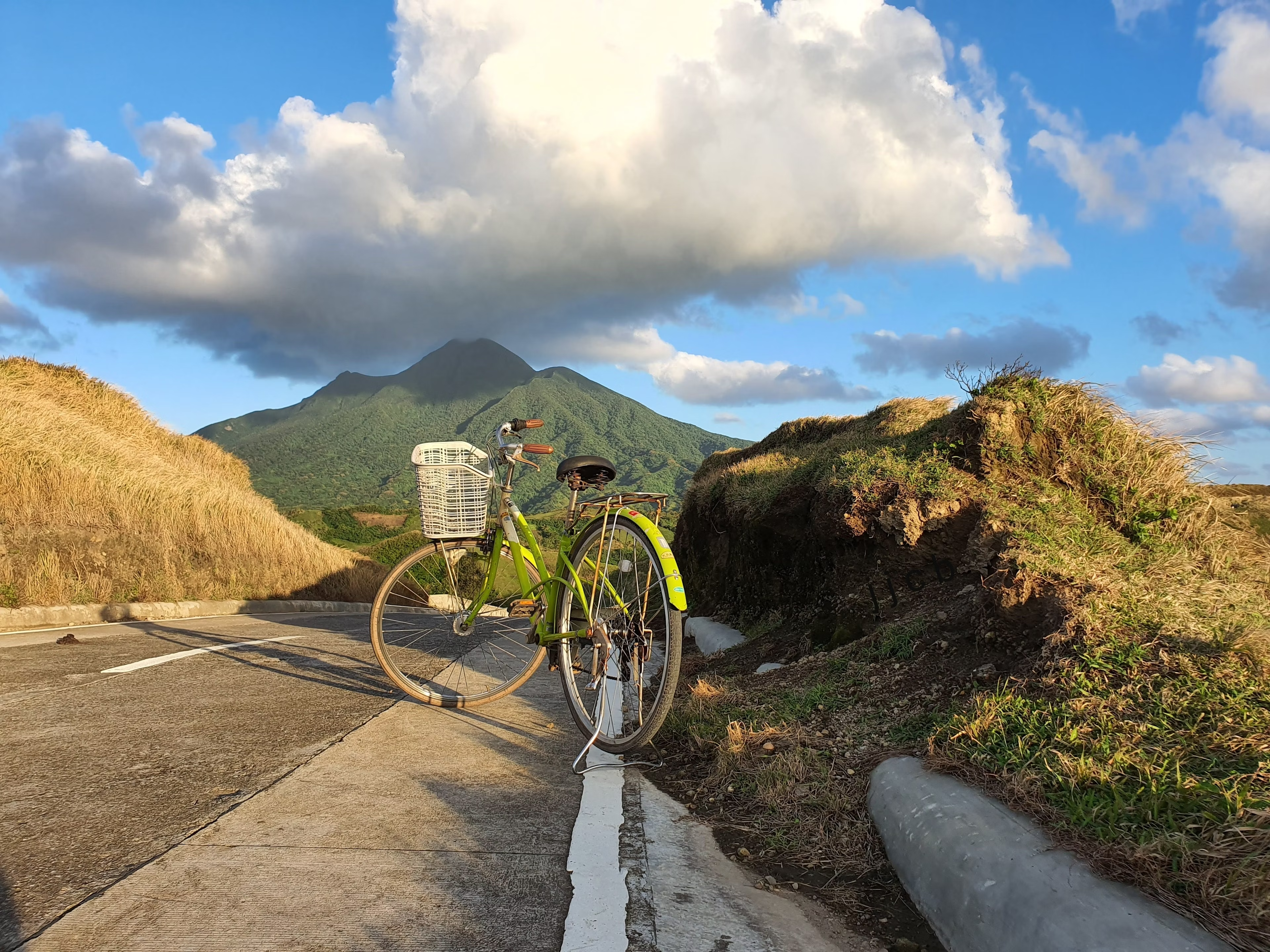
5. Batanes
Best for slow travel and cycling
Rock-hewn landscapes and winding roads hug the coast, while lookout points at every bend provide views of grazing lands and endless blue waters. In terms of size, Batanes may be the country’s smallest province. Yet these islands are blessed with far more than their fair share of postcard-worthy landscapes – which have not changed for decades.
Batan Island’s compact size, preserved culture and traffic-free terrain make it the kind of place that cyclists dream about at night. Head first to Basco Lighthouse in Naidi Hills, rock out on Valugan Boulder Beach or pick any random spot to sit and gaze in wonder at the calming rolling hills while pedaling around.
Planning tip: Be sure to rent a proper mountain bike to tackle the hilly roads here; Bisumi Tours specializes in eco-adventures in Batanes. Plan your visit during the dry season from December to May to avoid unpredictable weather and possible flight cancellations.
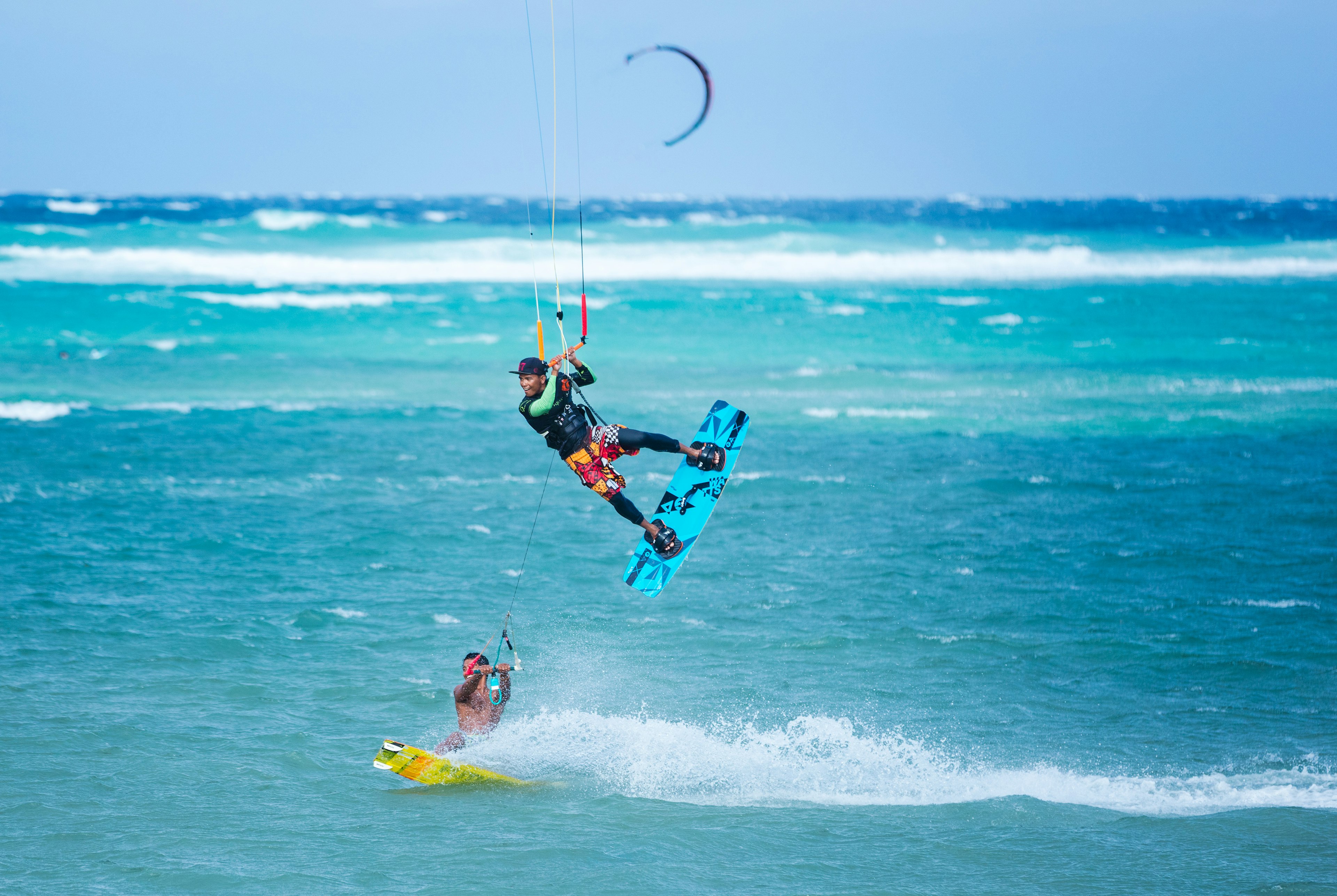
6. Boracay
Best for beach bumming
Boracay is a top draw for sunseekers. Its famous beaches beckon to those who prefer to plop down in one spot and laze the days away with a cocktail in hand and modern comforts a few steps behind. When (if?) you’re ready to leave the powdery sand, glide along on paraw sailing tours or paddle away on crystal kayaks near the shore. A world of flavors awaits come mealtime, with a long strip of international dining options, local bars and seafood grills lining beachfront areas.
Planning tip: Hop on a bike to explore the island on two wheels. Isla Siklista in Station 3 offers affordable bike rentals and guided tours to explore such inland attractions as mangrove forests and secluded beaches.
7. Cebu
Best for those who want a bit of everything
The hub of the Visayas, Cebu offers a range of adventures beyond beaches. After you’ve taken in the vibrant vibe of the Philippines’ second city, you can plunge into impossibly turquoise waters while canyoneering in Kawasan Falls, snorkel among spectacular schools of sardines in Moalboal or trek up the jagged hills of Osmena Peak. Back in town, crowd-pleasing food abounds, with the crispy skin and tender, flavor-packed meat of lechon tantalizing the taste buds (the Cebuano version is arguably the country’s best), and uber-fresh seafood served sutukil-style, with grilled, stewed and raw fish all on one plate.
Detour: A one-to-two-hour ferry hop from Cebu, Bohol is a great option for families, with luxury beach resorts tucked along the island’s quieter coasts. Go dolphin-spotting during island-hopping tours, and visit iconic sites like the Chocolate Hills and tarsier sanctuary on land.

8. Iloilo
Best for adventurous eaters
If food is your main reason for traveling, Iloilo, on Panay, should be on your list. Recently named a UNESCO Creative City of Gastronomy, Iloilo dishes out lip-smacking local delicacies that will have you throwing diet plans out the window. Savor the Ilonggo flavors in signature dishes like La Paz batchoy (a noodle soup), pancit molo (wonton soup) and inasal (grilled chicken) in atmospheric market stalls, or head to Breakthrough Restaurant, an open-air spot by the sea where you can have seafood cooked to your liking.
Detour: A 30-minute boat ride from Ilioilo’s wharf, Guimaras offers more foodie fun. It’s known for its super-sweet mangos, which are creatively added to everything from chicken adobo to pizza.

9. Samar
Best for underground exploration
With caverns the size of football fields and ethereal waterfalls shrouded deep in jungle territory, the rugged island of Samar is a spelunking paradise. Sohoton Cave, which has a cathedral-like dome, skylight and natural stone bridge, is one of the most accessible sites for tourists. The Torpedo Extreme Boat Ride on the Ulot River is also an easy adrenaline rush.
Intrepid explorers can venture to Calbiga Cave in western Samar, where through a gaping entrance you’ll enter the fascinating underworld of the largest cave in the country. It takes a lot of time and effort to reach Pinipisakan Falls, which guards a natural cave system of its own – but the fantastic sight of the fairy-tale-like cascade after hours of trekking and travel will leave you open-mouthed with wonder.
Planning tip: Based in Catbalogan City, Joni Bonifacio of Trexplore runs excellent guided tours and arranges all the gear and permits needed for spelunking adventures.
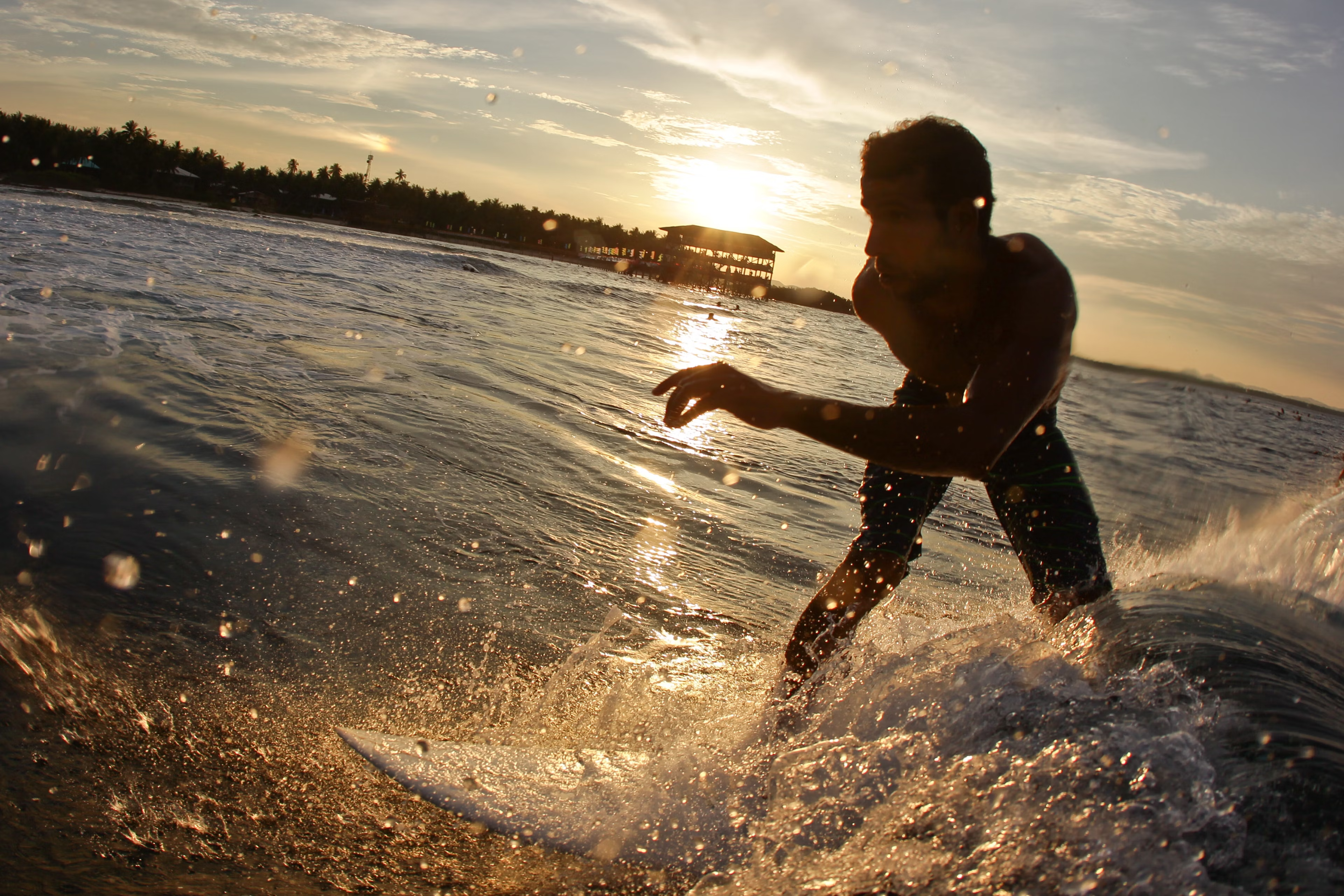
10. Siargao
Best for surfers and partying, island-style
With its world-renowned Cloud 9 break, boutique hostels, laid-back island vibe and buzzing nightlife, Siargao has become a magnet for surfers and digital nomads from all over – especially the vibrant yet relaxed town of General Luna. Here, beginners can take surf lessons; settle in to trendy cafes like Kermit and Shaka; get to know fellow travelers at social spots like the Catangan Bridge; and check in to a budget-friendly hostel or luxury resort, like Nay Palad Hideaway. Boat tours to nearby islets, rocky tidal pools and the stunning Sugba Lagoon can be easily booked online. With the delightful mix of laid-back island lifestyle and creature comforts on Siargao, many travelers often find themselves staying much longer than planned. If not permanently relocating.
Planning tip: For convenient island-hopping tours, join up with fellow travelers. Got Marked Tours offers several packages and hands-on service.

